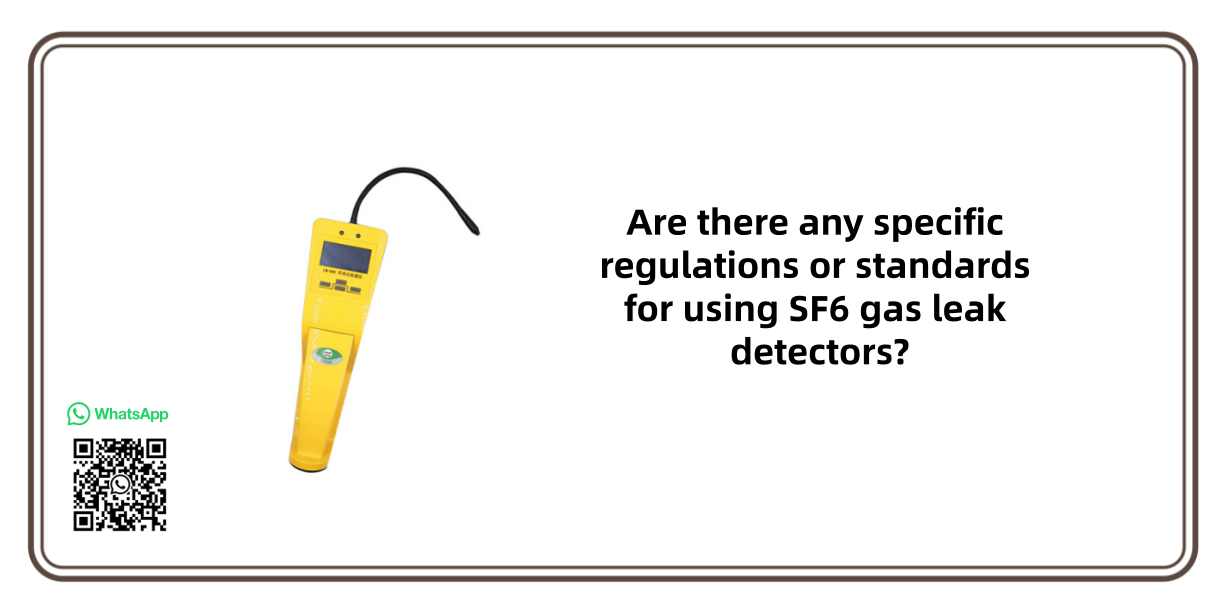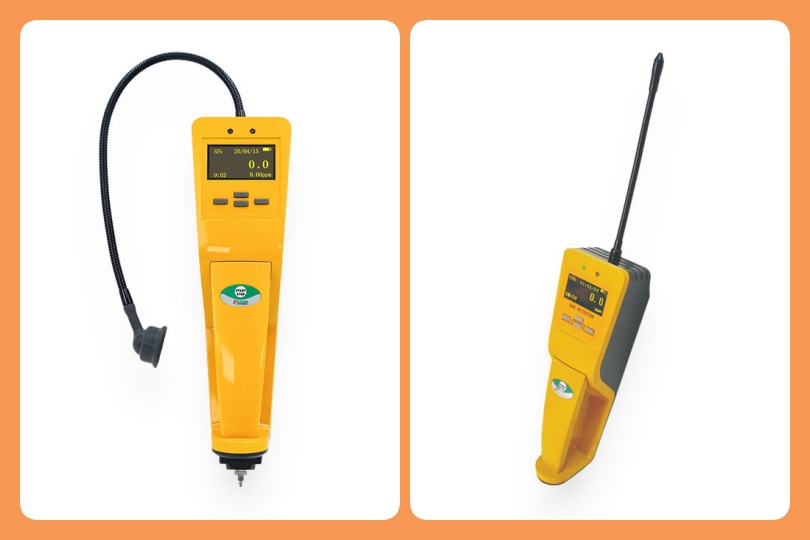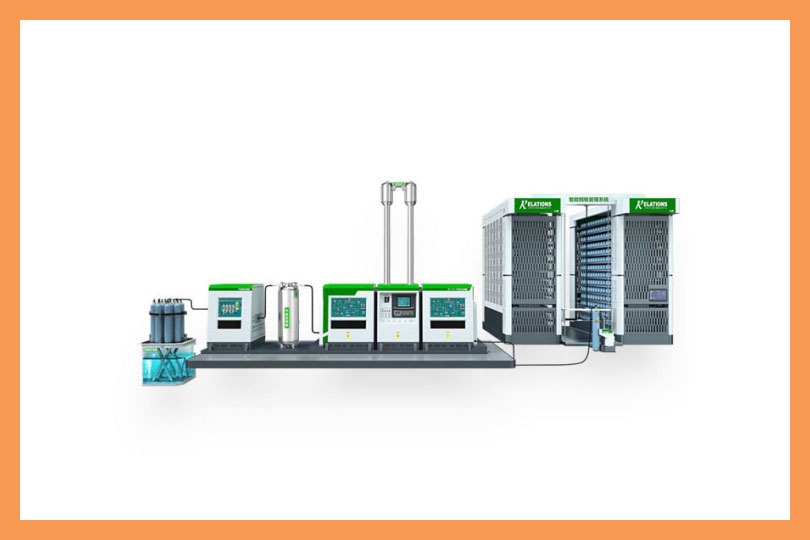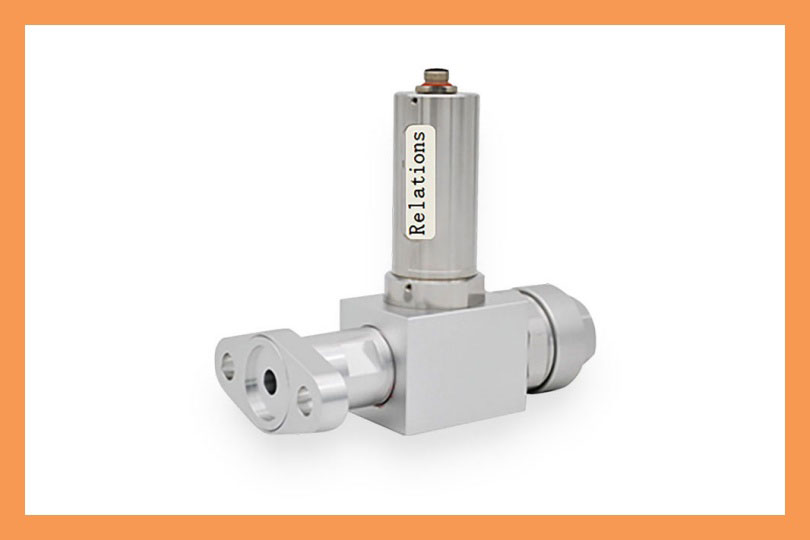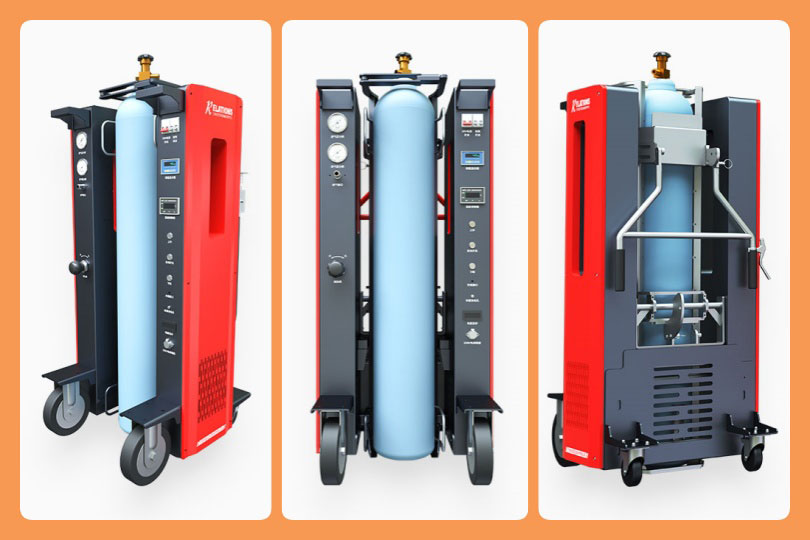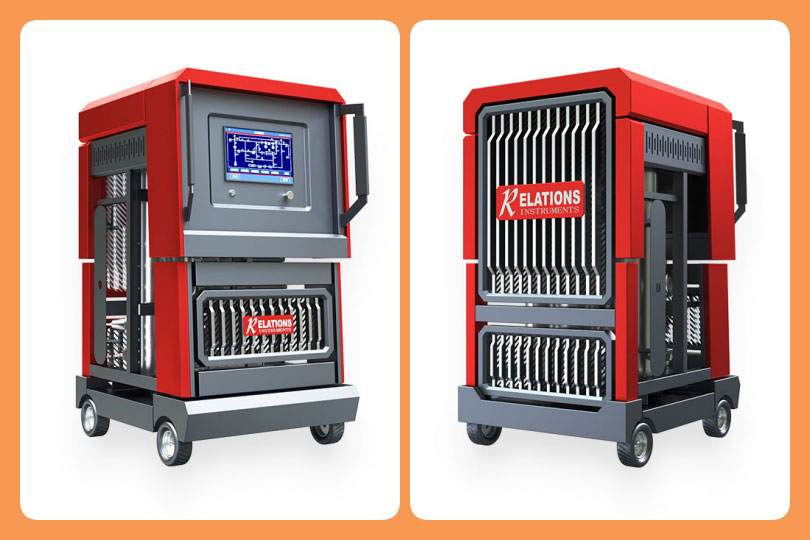Are there any specific regulations or standards for using SF6 gas leak detectors?
Date
2025-11-03
[email protected]
Website
www.sf6gasdetector.com
Get Solutions And Quotes
Are there any specific regulations or standards for using SF6 gas leak detectors?
Yes, there are specific regulations and standards governing the use of SF6 gas leak detectors, which vary by region and application. These rules ensure safety, environmental protection, and equipment reliability. Below is a breakdown of key regulations, standards, and requirements:
1. International Standards
IEC (International Electrotechnical Commission)
IEC 60068-2-17: Defines environmental testing methods for leak detection, including pressure decay tests and sensitivity requirements for detectors .
- IEC 60376: Specifies the quality of SF6 gas used in electrical equipment and outlines analysis techniques (e.g., laboratory and portable instruments) to verify gas purity before use .
- IEC 62271-4: Provides handling procedures for SF6 during installation, maintenance, and disposal, emphasizing leak detection and repair protocols. It mandates the use of sensitive detectors (e.g., resolution ≤1 ppm) and requires operators to follow strict safety measures .
ISO Standards
While no dedicated ISO standards exist for SF6 leak detectors, ISO 14644-1 (cleanroom classification) and ISO 17025 (laboratory accreditation) may apply to calibration and testing environments.
2. Regional Regulations
European Union (EU)
F-Gas Regulation (EU) 517/2014:
- Requires mandatory leak detection systems for high-voltage switchgear containing >22 kg SF6 (equivalent to 500 t CO₂e). These systems must be tested every 6 years.
- Exempts medium-voltage (MV) equipment with <6 kg SF6 or leak rates <0.1% per year .
- Operators must use certified personnel for leak detection, repair, and gas recovery .
EN 504020 and EN 61508: Specify performance requirements for SF6 gas sensors, including accuracy, response time, and resistance to environmental interference.
United States
OSHA (Occupational Safety and Health Administration):
- Sets a permissible exposure limit (PEL) of 1,000 ppm for SF6 in workplaces to prevent asphyxiation .
- Requires employers to provide respiratory protection if concentrations exceed 1,000 ppm.
EPA (Environmental Protection Agency):
- Regulates SF6 emissions under 40 CFR Part 60 (National Emission Standards for Hazardous Air Pollutants), mandating leak detection and repair for industrial equipment.
- Encourages the use of optical gas imaging (OGI) cameras for large-scale leak surveys in power plants and substations .
China
GB 50150-2016: Mandates leak testing for SF6-filled equipment (e.g., circuit breakers, GIS) using methods like the local 包扎法 (24-hour enclosure testing) or electronic detectors. Acceptable leak rates vary by voltage class (e.g., ≤1% per year for 750 kV equipment) .
DL/T 639: Provides detailed procedures for SF6 gas handling, including leak detection, purification, and disposal .
3. Industry-Specific Requirements
Electrical Power Sector
IEC 62271-200: Applies to high-voltage switchgear and requires routine leak checks using sensitive detectors (e.g., heated diode or infrared sensors) to ensure insulation integrity .
IEEE C37.122: Recommends annual or biannual inspections of SF6 equipment with detectors capable of resolving leaks as low as 1 × 10⁻⁶ mL/s .
Manufacturing and Process Industries
NFPA 70B (Electrical Equipment Maintenance): Advises regular leak testing for SF6-insulated equipment in industrial settings, especially in areas with high fire or explosion risks .
ASME PTC 19.15: Provides guidelines for quantitative leak rate measurements in process systems using SF6.
4. Leak Detection Methods and Equipment Standards
Electronic Sniffers:
- Heated Diode Sensors: Commonly used for pinpointing leaks, with sensitivity down to 0.1 ppm. Must comply with EN 504020 for accuracy (≤±2% F.S.) .
- Infrared (IR) Detectors: Ideal for large-scale surveys, detecting leaks from a distance. Standards like IEC 60068-2-17 ensure reliability in harsh environments .
- Bubble Testing: A supplementary method using soapy water to visualize leaks at joints or seals, though less sensitive than electronic devices .
- Optical Gas Imaging (OGI) Cameras: Used for visualizing SF6 plumes in substations, with resolution requirements outlined in ISO 17025-accredited calibration labs .
5. Compliance and Best Practices
- Calibration: Detectors must be calibrated regularly (e.g., annually) using certified SF6 gas mixtures to ensure accuracy .
- Documentation: Maintain records of leak test results, repairs, and gas handling procedures to demonstrate compliance with regulations like the EU F-Gas Regulation .
- Training: Operators must be trained in safe handling of SF6 and certified to use SF6 leak detection equipment (e.g., EU F-Gas certification) .
- Environmental Protection: Recover and recycle SF6 from leaks or decommissioned equipment to minimize greenhouse gas emissions, as required by IEC 62271-4 and regional laws .
6. Regional Variations
North America:
The EPA’s Greenhouse Gas Reporting Program (GHGRP) mandates reporting of SF6 emissions from certain industries.
ASTM D2908 specifies methods for detecting SF6 in air, often used for compliance testing.
Asia-Pacific:
- Japan’s JIS C 4606 and China’s GB/T 12022 outline SF6 gas quality and SF6 leak detection procedures for electrical equipment.
- Australia’s AS/NZS 3820 sets workplace exposure limits and requires risk assessments for SF6 use.
SF6 gas leak detectors must adhere to a complex framework of international, regional, and industry-specific standards. Key requirements include sensitivity (≤1 ppm), regular calibration, operator training, and environmental compliance. By following these rules, organizations can ensure safety, protect the environment, and maintain the reliability of SF6-insulated equipment. Always consult local authorities or certified experts to align with jurisdiction-specific regulations.
